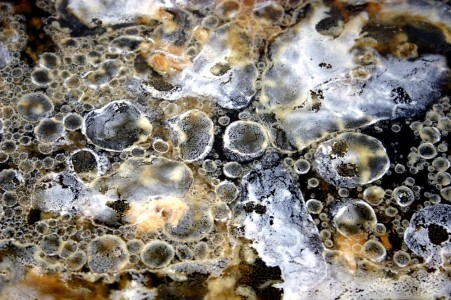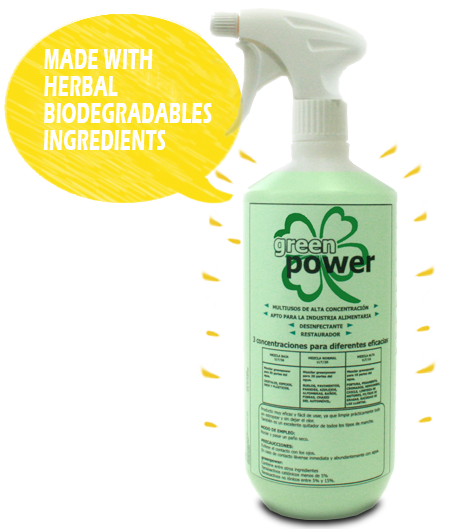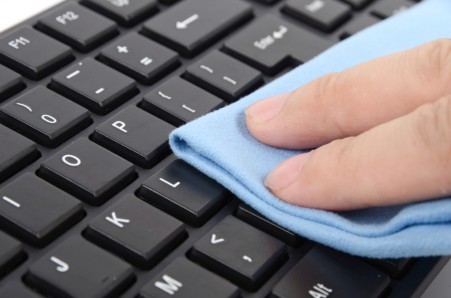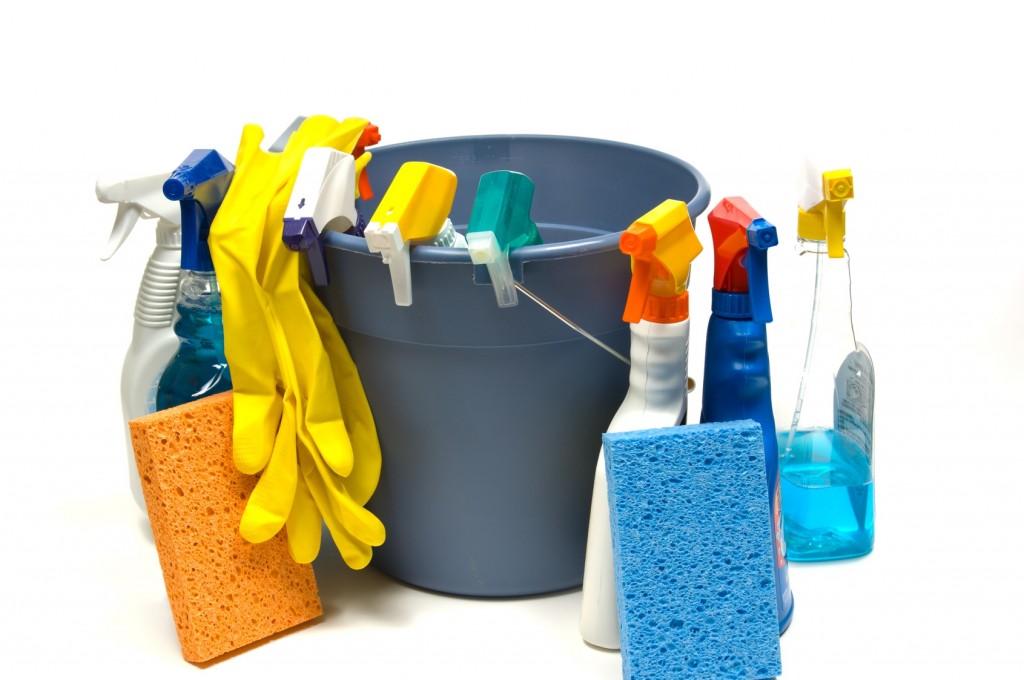
Mould is a nasty fungus that destroys surfaces. It produces a musty smell, and it is generally bad for your health – particularly if you have allergies, asthma, or a compromised immune system. It’s important, therefore, that you deal with any mould issues at home as soon as you can. Here’s a step-by-step guide for mould treatment of carpets and floors.
Mould in House – Ways to Prevent MouldMould loves warm, moist conditions, and it spreads very quickly via airborne spores, so it can be very difficult to eradicate from your home. Often the root cause is a leak or excess humidity. To prevent mouldy floors and carpets you should:
• Keep all rooms in the house well ventilated – use dehumidifiers if necessary to reduce moisture in the air.
• Avoid laying carpet in the bathroom; use tiles or other non-porous materials for bathroom floors.
• Hang bathmats and towels up to dry after each use. Launder these in a hot cycle with a vinegar rinse at least once a week to sanitise them.
• Make sure that damp items are never directly in contact with floors for any length of time – the bottoms of indoor plant pots, for example.
How to Remove Mould from Carpets
Mould is very damaging to carpets, as it eats away the fibres and is very hard to dislodge. If your fitted carpet has been wet for longer than a couple of days – from a flood, for example – or if the affected area affected is larger than 2 square metres, you should consult a carpet cleaning professional. Always fix the causes of mould (e.g. a leaky pipe or broken window) before you attempt to deal with any stains – otherwise, the problems will just reoccur.
1. Put on protective clothing, goggles, and a facemask – attempting to remove the mould will disperse the spores and these could be damaging to your health if you breathe them in.
2. Be aware of ventilation concerns – make sure doors are closed to prevent mould spores from entering the rest of the house, but keep the windows open to encourage air flow.
3. If the carpet is removable, take it outside and leave it in bright sunlight to dry out for 48 hours. If it is fitted, turn on the overhead lights, pull up the carpet up from the floor approximately 50 cms more than the affected area; remove any soaked padding or lining; and dry the carpet out by using a fan, humidifier, or the blow function on a vacuum.
4. Next, take a stiff brush and sweep as much mould debris from the front and the back of the carpet. Also go over the area where the carpet was situated. Then vacuum or steam-clean all areas.
5. Next, apply anti-mould spray to the carpet. Follow the instructions on the label. You could also use one of the alternative cleaning products listed below. Make sure the mould spray soaks to the root of the fibres and that you apply it on both sides of your carpet.
6. Scrub the carpet on both sides and leave to dry. Most anti-mould treatment should not be rinsed out.
7. Apply an anti-fungal solution to the floor where the carpet was situated and leave to dry out.
8. Re-apply the mould spray on all areas and let it dry out again.
9. Continue to run a dehumidifier in the room for a couple more days to get rid of any residual spores.
10. Be sure to douse all equipment used in anti-fungal solution immediately to prevent the spores from escaping into other areas of the house.
How to Remove Mould from Wooden Floors
1. Use a scraper or blunt knife to remove mould from the top of the wood and vacuum up.
2. Sand the area down and apply an anti-fungal treatment, according to the instructions on the label. Let air-dry, then re-sand and reapply.
3. Let the area dry thoroughly. Stain and seal as appropriate.
What Anti-Fungal Solutions Can I Use?
Soap and water will never solve a mould problem alone. Other than a shop-bought anti-mould spray that is tailored specifically to suit the affected area, you could use the following products:
Bleach or Hydrogen Peroxide
Though bleach is commonly thought to kill mould, it is only really effective in stopping mould growing on non-porous materials, like tiles. The same goes for hydrogen peroxide. Both these chemicals can be extremely corrosive, so make sure to check whether they are compatible with your floor. Mix a solution of 1 part bleach or hydrogen peroxide to 8 parts water. Leave to soak and then dry.
Vinegar and/or Baking Soda
Vinegar doesn’t kill every single type of mould, though it does slow down its development. Baking soda has the same effect but is also a very effective odour remover. Use vinegar neat and leave it to soak for an hour for full effect before rinsing out. Mix a paste of baking powder and warm water, apply and leave to soak, then brush or vacuum off.
Tea-tree and/or Grapefruit Seed Oil
Both of these oils have long been championed for their anti-fungal and anti-bacterial properties, and many supporters of natural remedies believe they are effective in combating mould. Add 1 tsp of tea-tree oil, or 10 drops of grapefruit seed oil, to a cup of water and add to a spray bottle. Then, apply the product to the affected area, wipe the excess off with a cloth, and leave to air-dry.








